In many ways, this was a highly disproportionate battle. Those insurgents fighting under the banner of Robin of Redesdale were largely inexperienced, while those traveling from Wales with Pembroke were professional spears-men.
The problem lay in that last word. The Welsh had a reputation throughout Europe for their prowess on the battlefield, but only in archery. The formidable Welsh archers were mostly ten miles away in the camp of the Earl of Devon.
Nevertheless, for much of the battle it seemed that the Welsh would win on behalf of Edward IV. Especially when the man hailed as Robin of Redesdale was overwhelmed and killed. He turned out to be Sir James Conyers, son of one of Warwick's men in York.
However, just when Pembroke's forces were about to finish the day, the distinctive war-cry of the Earl of Warwick was heard in the distance. The Welsh reformed in a defensive position. The rebels surged forward, morale high and convinced that the famous and ferocious Warwick was coming.
He wasn't. It was a mere vanguard of a small troop, made up largely of Warwick's household. Had the Welsh ignored their cry, they would have won the day. Had they not returned to their defensive position, they would have won. Had the rebels hung on to check precisely who was coming, the Welsh would have won. Had the Earl of Devon caught up with his archers, the Welsh would have won.
In the event, the uncertainty meant that the Welsh were trapped in their defenses, with no archers to stem the tide of rebels approaching. Between 2,000 and 5,000 Celts were killed within an hour. None fled, they fought to the bitter death.
And then the Earl of Devon arrived. But seeing the carnage, he immediately sounded the retreat. Thousands of men from Gloucester, Wiltshire and Devon, plus the Welsh archers, fled south and west for home.



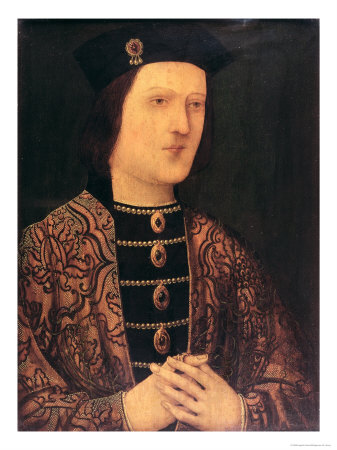



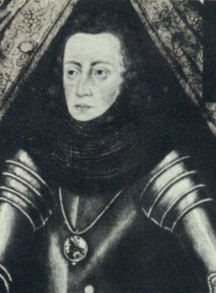
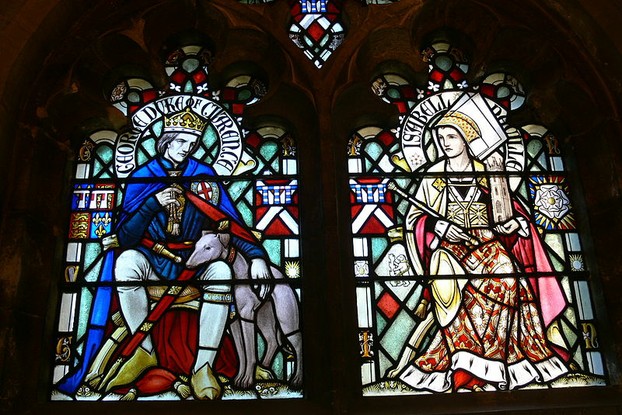
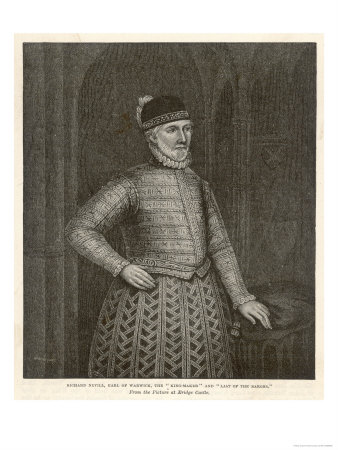



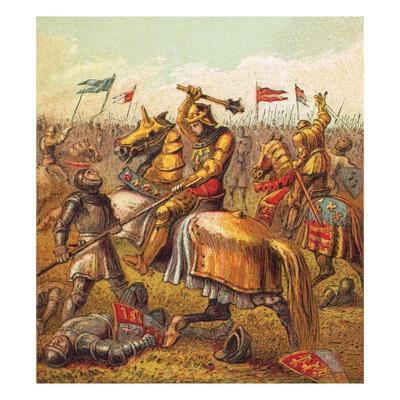
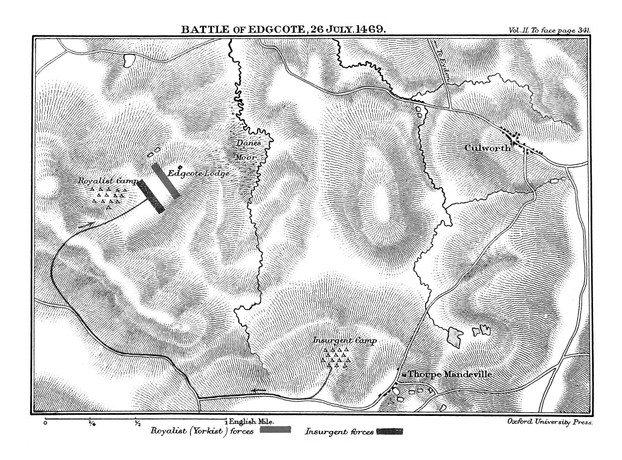
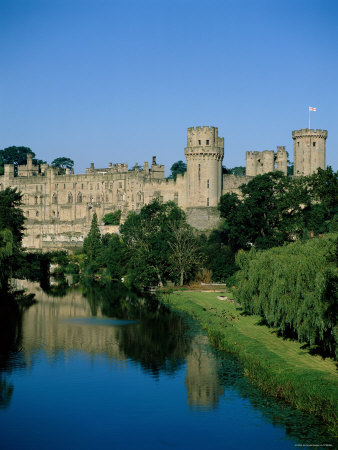



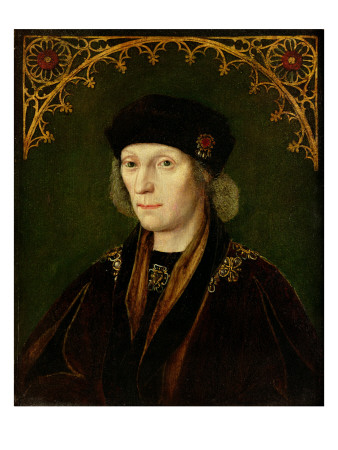










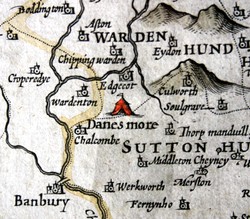

 St Tydecho's Churches in West Waleson 09/03/2014
St Tydecho's Churches in West Waleson 09/03/2014
 Goodies for an Outlander Premiere Partyon 03/06/2015
Goodies for an Outlander Premiere Partyon 03/06/2015
 Holocaust Memorial Day Interview with Rainer Höss, Grandson of Rudolf Architect of Auschwitzon 01/24/2015
Holocaust Memorial Day Interview with Rainer Höss, Grandson of Rudolf Architect of Auschwitzon 01/24/2015
 Romantic Valentine Gifts for an Outlander Fanon 01/16/2015
Romantic Valentine Gifts for an Outlander Fanon 01/16/2015

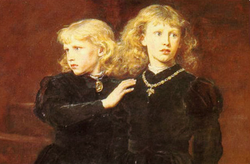
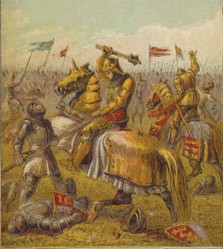
Comments
Awww! I'm really blushing now. I'm glad to have brought history alive to you all. Can you see why it fascinates me so much now?
I'll be back to read the article, but I agree, I wish I had a history teacher like you somewhere along the way. I realize now how much wonderful stuff I have missed :)
That is one of the loveliest compliments that anyone has ever given me. Thank you. :)
Thank you very much.
Great piece. Very well researched an written